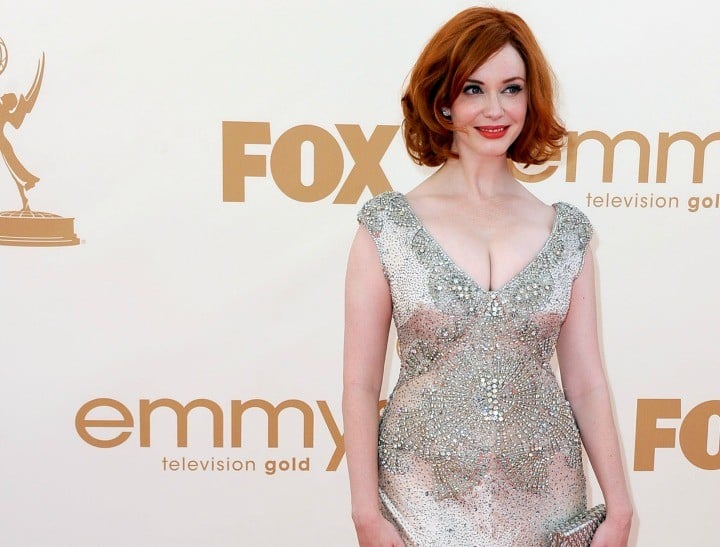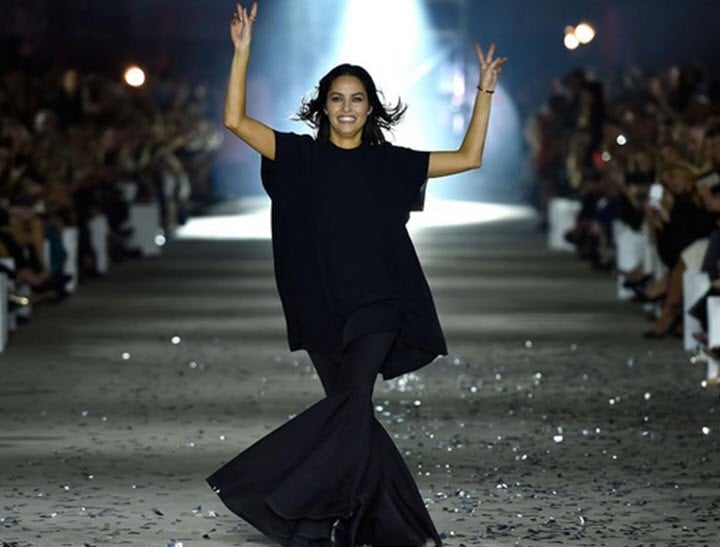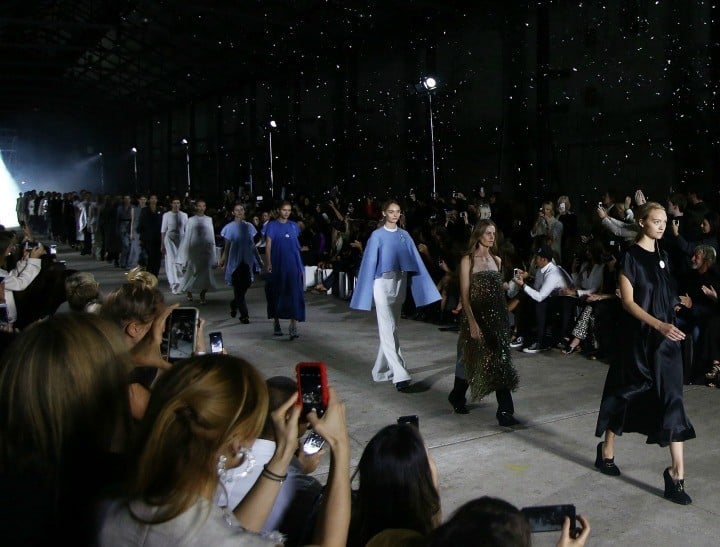
On the 20th anniversary of Fashion Week Australia, Foreign Affairs Minister Julie Bishop explains why fashion matters.
When Mad Men actor Christina Hendricks graced the red carpet of the 2011 Emmy Awards with a stunning, bead-encrusted silver glittery number, heads turned. The Australian designer, Johanna Johnson, had sent her dress to Hendricks on a whim, and then saw her profile rise as international demand for ‘JJ’ gowns grew steadily.
In 2012 Johanna was asked to showcase a collection at Fashion Week Australia and is today one of our best-known designer names overseas.






